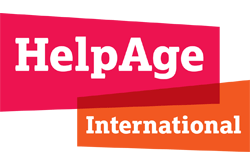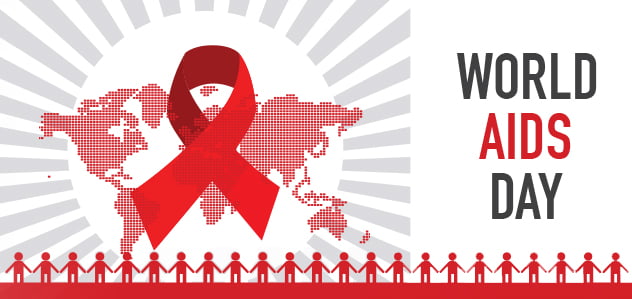Older people must be included in prevention, treatment, care and support, says HelpAge International on World AIDS Day, as a new UNAIDS report reveals how more and more people are living into older age with HIV.

5.8 million people aged 50 and over are living with HIV
In 2015, the number of people aged 50 and over living with HIV was 5.8 million, according to a new UNAIDS report. If treatment targets are reached, the number is expected to soar to 6.9 million by 2020.
HIV is becoming a chronic condition and when managed, people with the virus can expect to live a normal lifespan. Yet it continues to have a significant economic, social, health and psychological impact on older women and men across Tanzania.
Read more : HelpAge : working together for a better care of the elderly
Older people living with HIV are at a 5 times greater risk of chronic diseases
As more people access treatment and age with HIV, they are more susceptible to age-associated non-communicable diseases, which in turn hasten the progression of HIV. Older people living with HIV are at a five times greater risk of chronic diseases.
HelpAge is joining UNAIDS’ call for a comprehensive strategy to respond to the increasing long-term healthcare costs associated with a growing population of older people with HIV.
The issue of new infections is still present in Tanzania and the surrounding regions. Sub-Saharan Africa accounts for the majority (67%) of new HIV cases among men and women aged 50 and over globally.
This age group accounted for 11% of new HIV infections in three locations in eastern Africa and 5% in six locations in southern Africa, the UNAIDS report reveals.
Despite this, older people are largely invisible in the national HIV and AIDS data collection, analysis and reporting. As a result, there is limited information on HIV prevalence, and access to care and treatment for people 50 and over.
“HelpAge continues to advocate for the inclusion of people aged 50 and over in HIV prevention, and care and treatment responses to ensure the ‘leave no one behind’ commitment of the Sustainable Development Goals is really put into practice,” said Juliana Benard, HIV and AIDS Programme Manager at HelpAge International in Tanzania.
A project to draw attention to the growing number of older people living with HIV

With funding from the Southern Africa Development Community (SADC), HelpAge has been implementing a project in Zimbabwe, Tanzania and South Africa for the past two years to draw attention to the growing number of older people living with HIV.
It focuses on strengthening the evidence that can be used to call for increased care and treatment services by all stakeholders, including governments, and empowering older people to step up their own prevention efforts.
Source : helpage.org
Published by the Editorial Staff on
